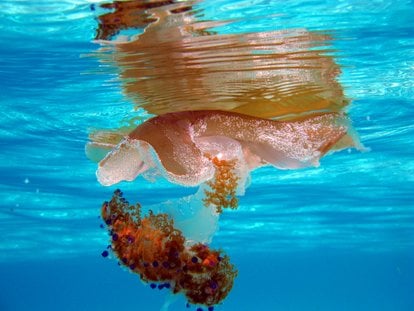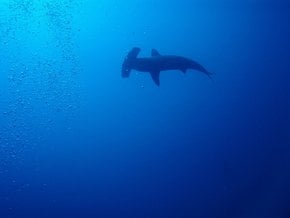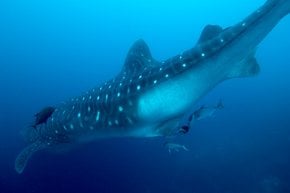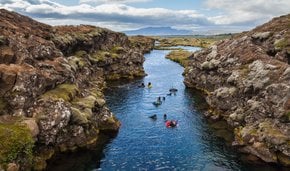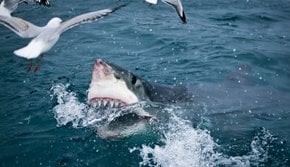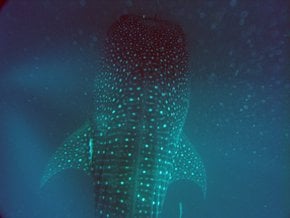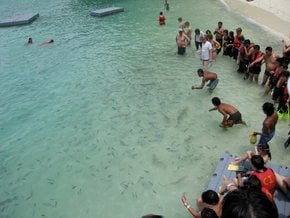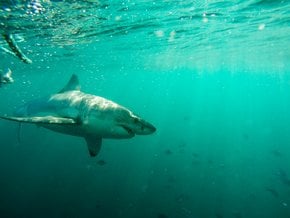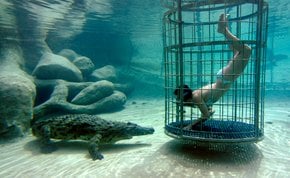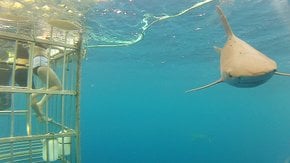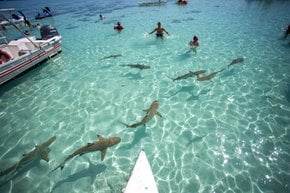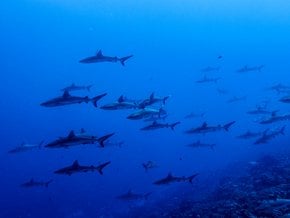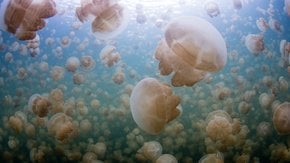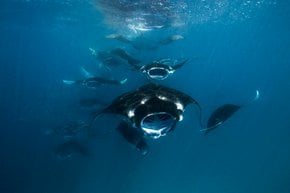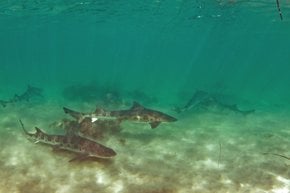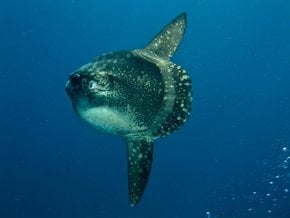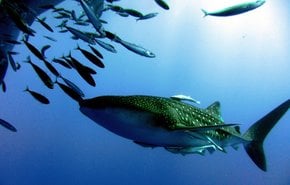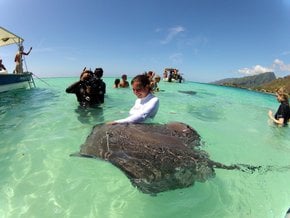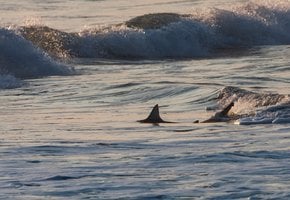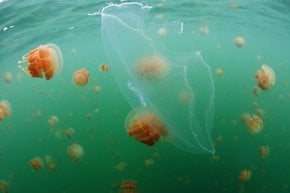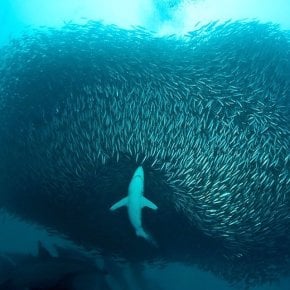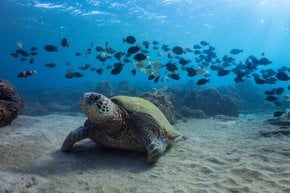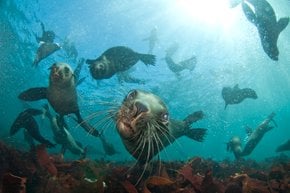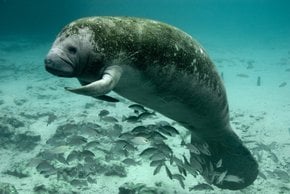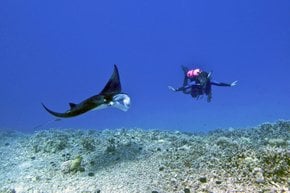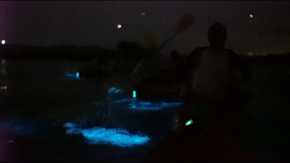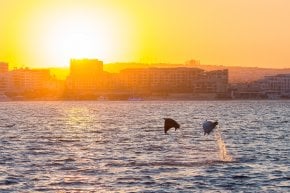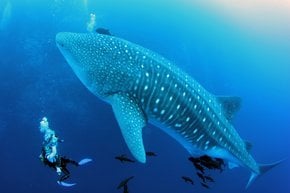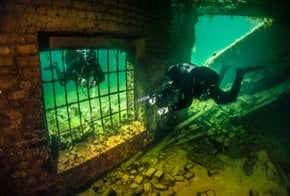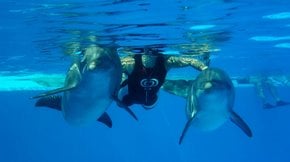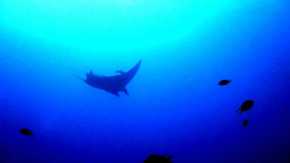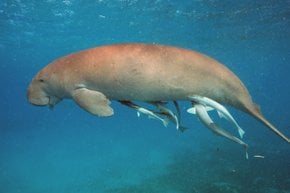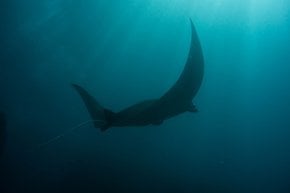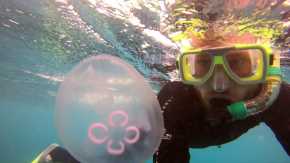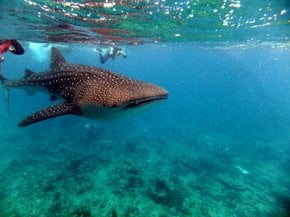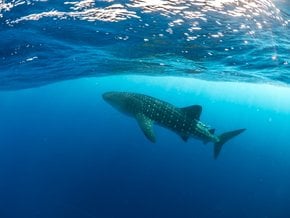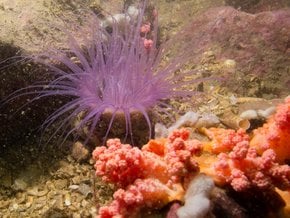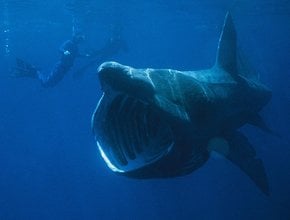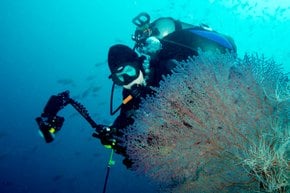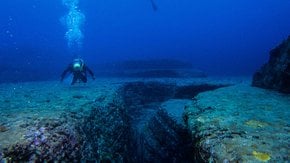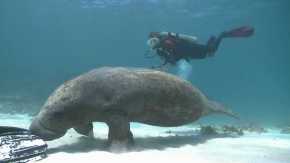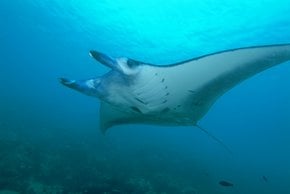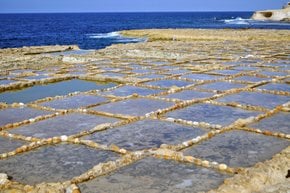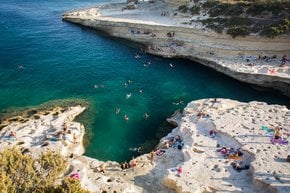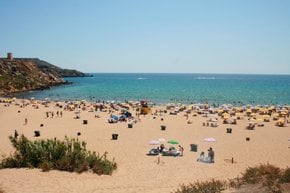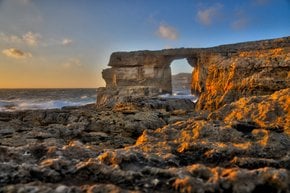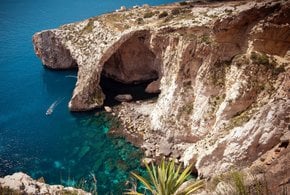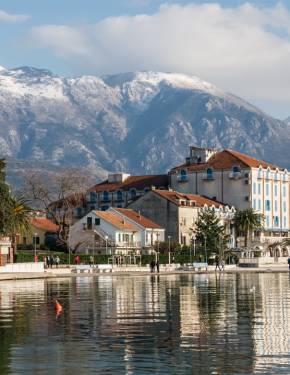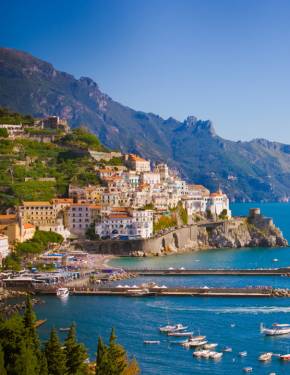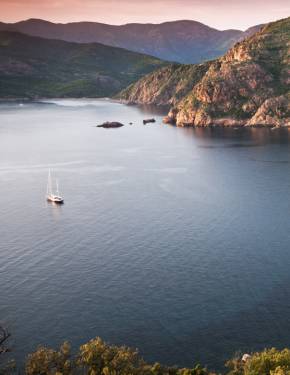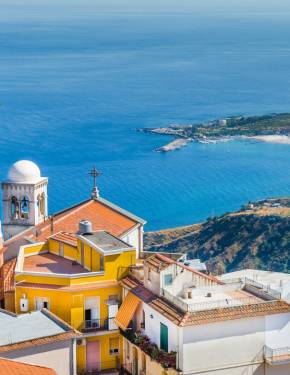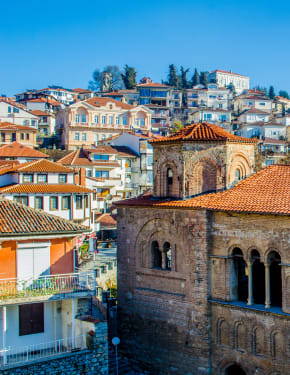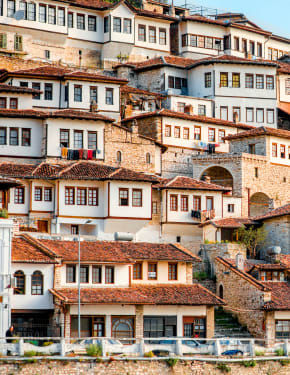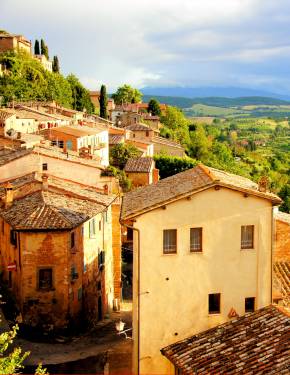Geleefische in Malta 2026
Leider wird Malta von immer mehr Quallen geplagt jeden Sommer wegen steigender Temperaturen
Beste Zeit: April bis September
Die Geleefische, gelatineartige Meerestiere, sind im Mittelmeer freischwimmend und in der Regel nicht aggressiv. Aber die Reproduktion der Quallen hat in den letzten Jahren durch Überfischung und Klimawandel zugenommen. Wenn sich das Meer erwärmt (in der Regel im April) oder abkühlt (in der Regel im September), können Sie große Schwarm Quallen über die Küste und in den Buchten sehen
Sommer gilt auch als eine hohe Quallen-Saison. Die häufigsten Quallen in Malta sind die Mauve Stingers, die in der Regel in der Nähe der Oberfläche des Wassers in Zeiten von vermindertem Licht oder nach dem Abwasch am Strand gefunden werden. Sie sind nicht tödlich, aber ihre Stiche packen einen Schlag. Sie sind schwerer zu erkennen, wenn sie solo schweben. Deshalb können Sie es nicht bemerken, sondern nur einen Stachel fühlen. Eine weitere Qualle wurde rund um Malta registriert ist die so genannte australische gefleckte Qualle, die einen sehr milden Stachel zufügen kann, wenn man in Kontakt mit ihm kommt
Easily identifiable by its translucent, moon-like appearance, the Moon Jellyfish has a mild sting compared to other species. Its venom is less potent, making it less of a threat to swimmers.
Known locally as il-Qassats, the Fried Egg Jellyfish is distinctive with its yellow, egg-yolk-like appearance. This species does not sting, making it harmless to humans. It is commonly seen from the end of summer through autumn.
Jellyfish cannot swim against currents; instead, they drift with the tides and winds. This behavior explains why they often appear in large groups or swarms. Overfishing and climate change have contributed to their increased presence in the Mediterranean, including Maltese waters. Notably, jellyfish populations surge when the sea temperature rises in April and cools down in September.
The best way to see jellyfish underwater is by snorkeling or diving in clear, calm waters where these fascinating creatures are often found. Snorkeling offers a closer and more immersive experience, allowing you to observe jellyfish in their natural habitat with minimal disturbance. Dive sites around Malta, such as the Blue Lagoon in Comino, are popular for their abundant marine life and crystal-clear waters, providing an ideal environment to view various jellyfish species up close. Always keep a safe distance to avoid stings, and consider joining a guided tour for expert insights and safe practices.
Understanding jellyfish behavior, recognizing safe swimming areas, and knowing how to treat stings are crucial for enjoying Malta's beach season. Beaches in Malta use a purple flag to indicate the presence of jellyfish. Paying attention to these warnings can help you avoid stings. Additionally, checking wind directions and local beach reports can provide valuable information about jellyfish activity.
If stung by a jellyfish, immediately exit the water to prevent further contact. Rinse the affected area with seawater, as fresh water can aggravate the sting. Use a flat object, like a credit card, to gently scrape off any remaining tentacles. If available, apply vinegar to neutralize the venom. To treat the sting, apply hydrocortisone cream or take an oral antihistamine to reduce itching and swelling. Seek medical help for severe reactions, difficulty breathing, or extensive stings.
In 2022, visitors strolling along South Street in Valletta were treated to a vibrant display of multicolored jellyfish hanging above their heads. This artistic installation, titled "When the Sea Stings" (‘Meta l-Baħar Iniggeż’), was likely inspired by the increasing jellyfish populations in Maltese waters. Valletta Cultural Agency Chairman Jason Micallef explained that this installation was part of a series of artistic displays set up every three months as part of the agency’s cultural program, enriching the capital city's streets with imaginative and thought-provoking art.

